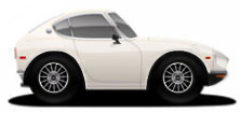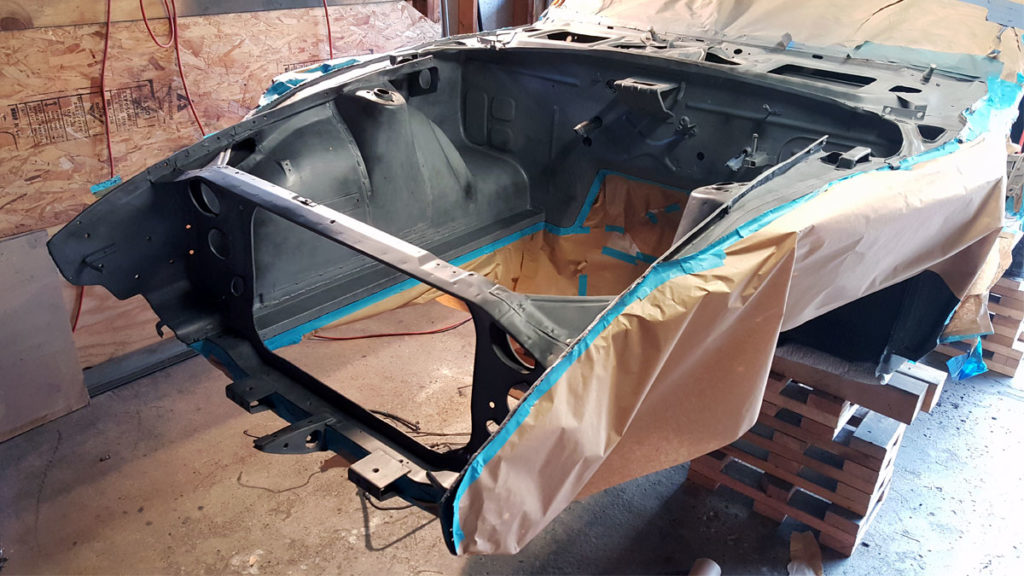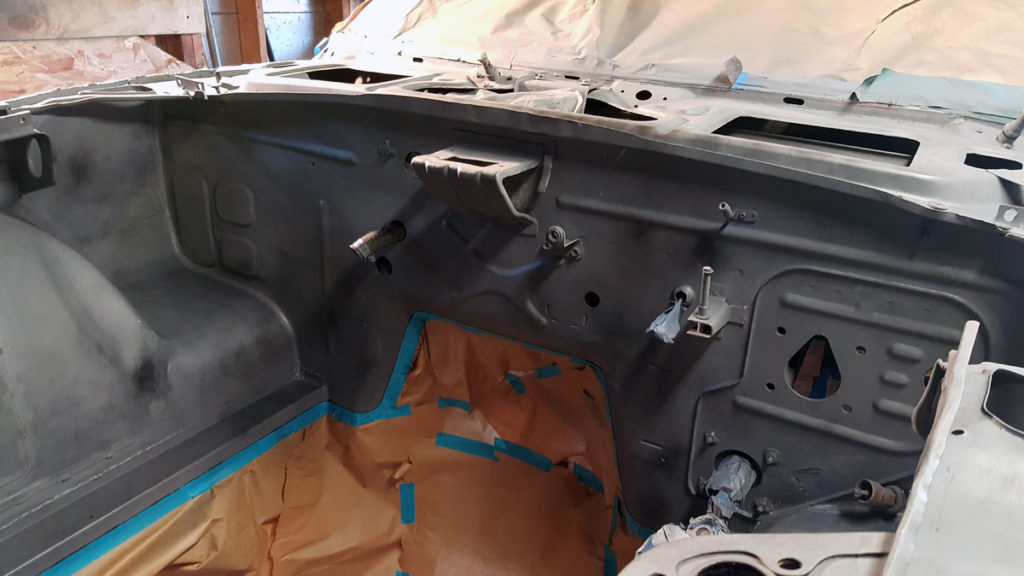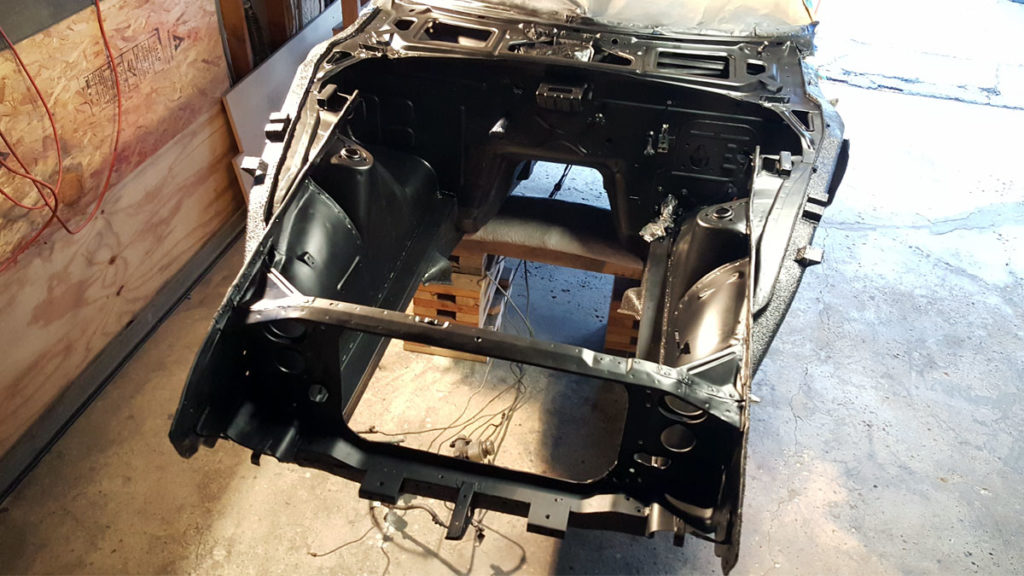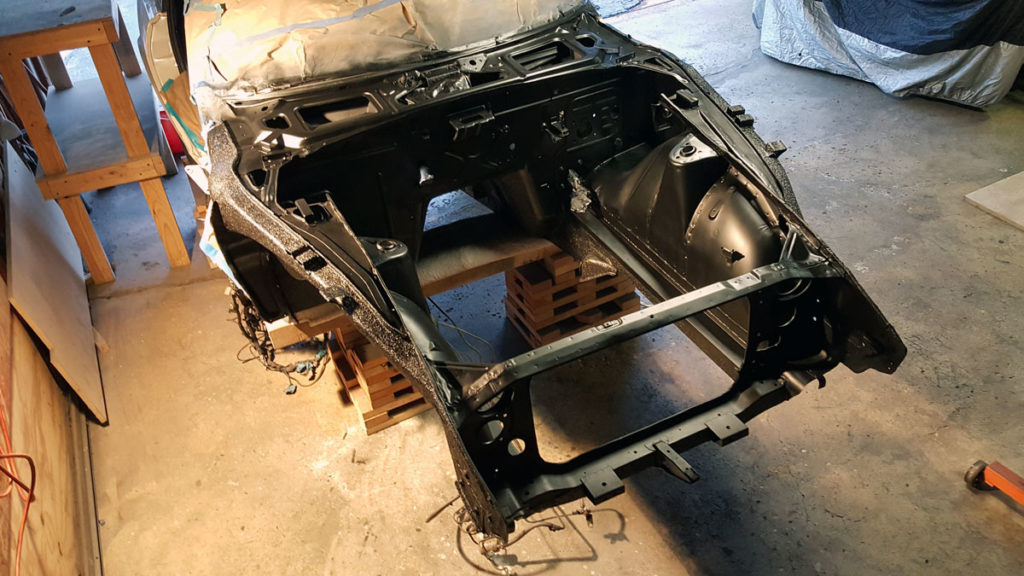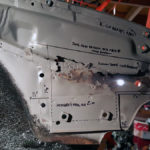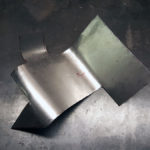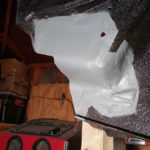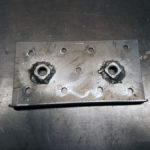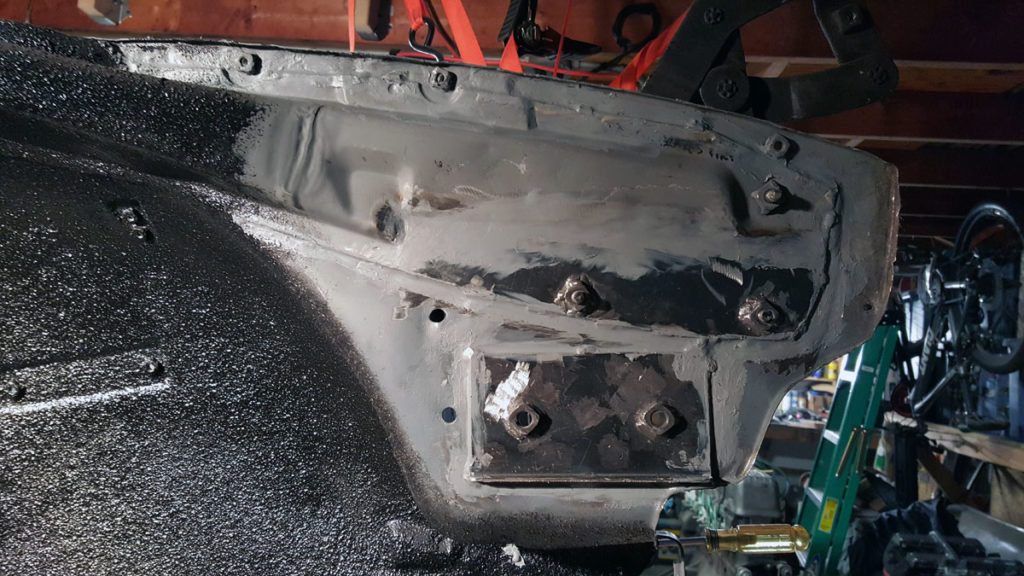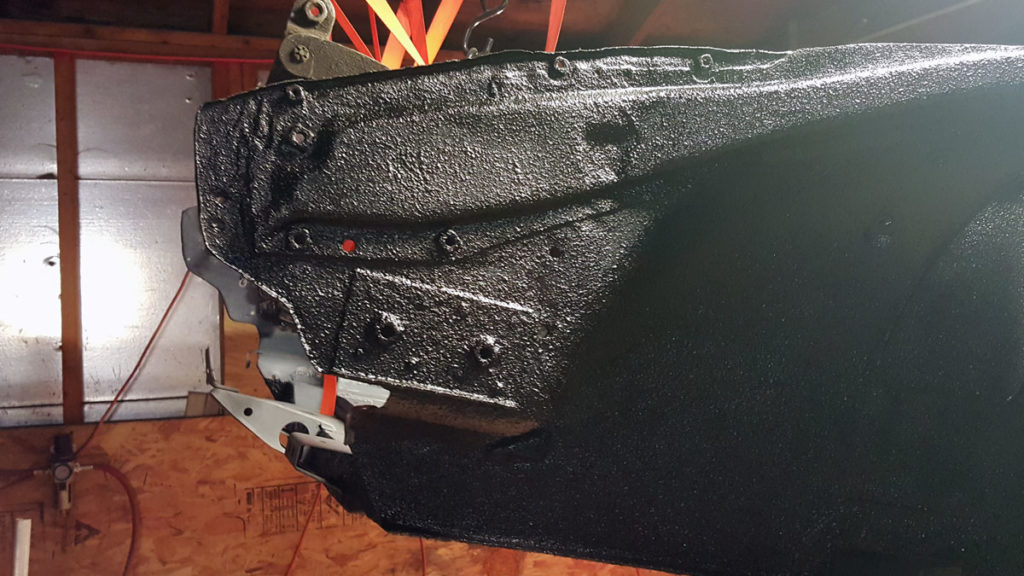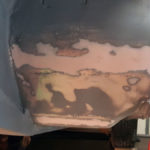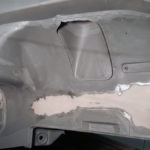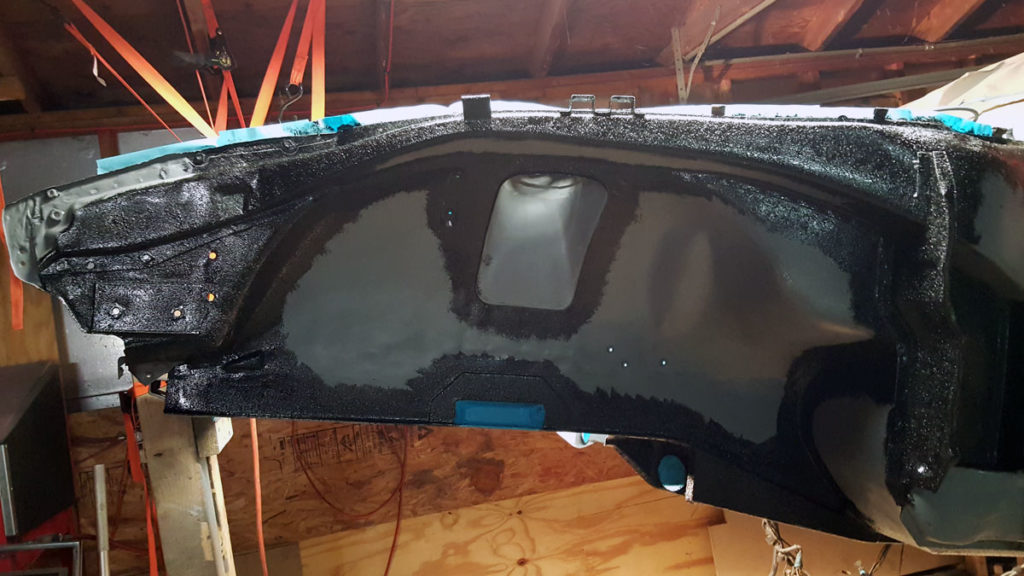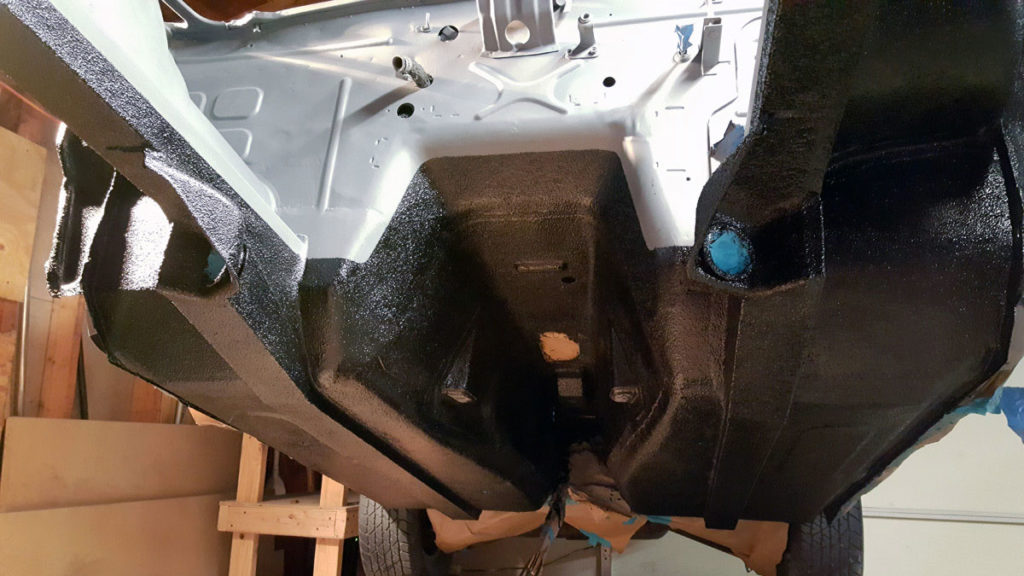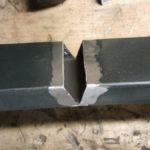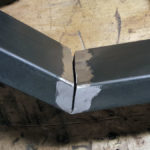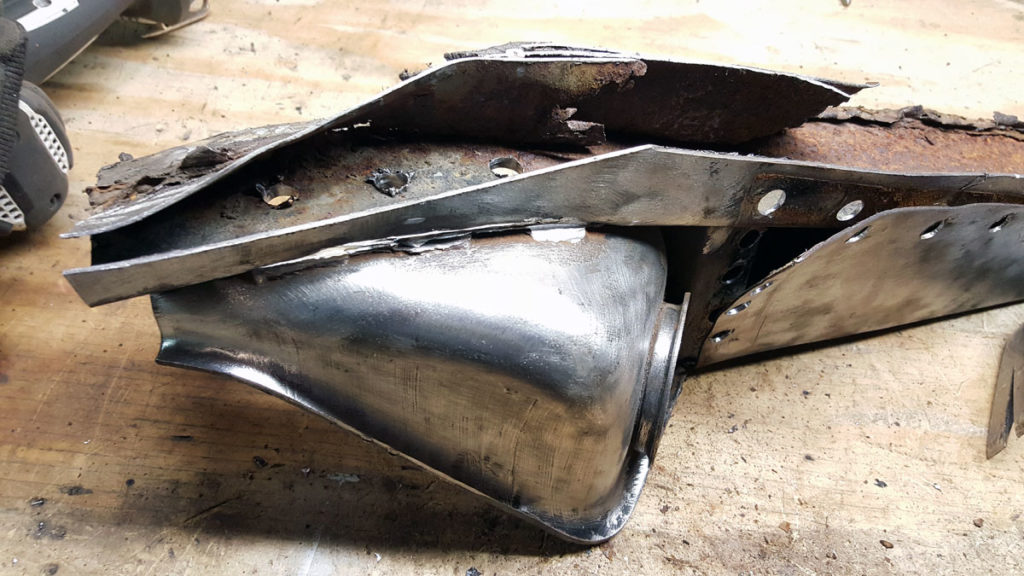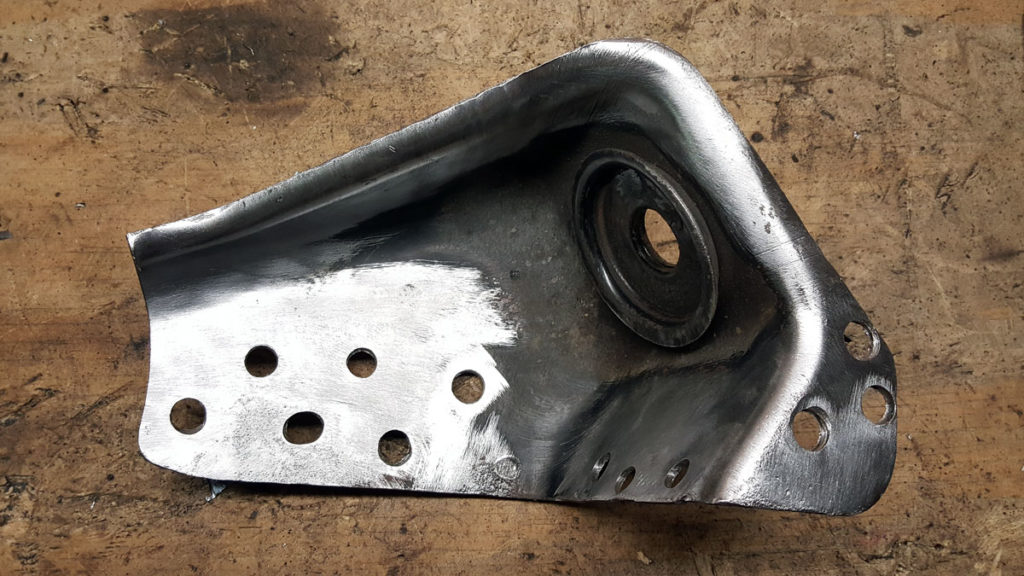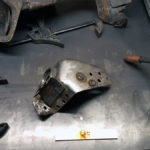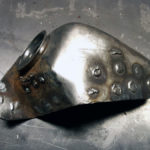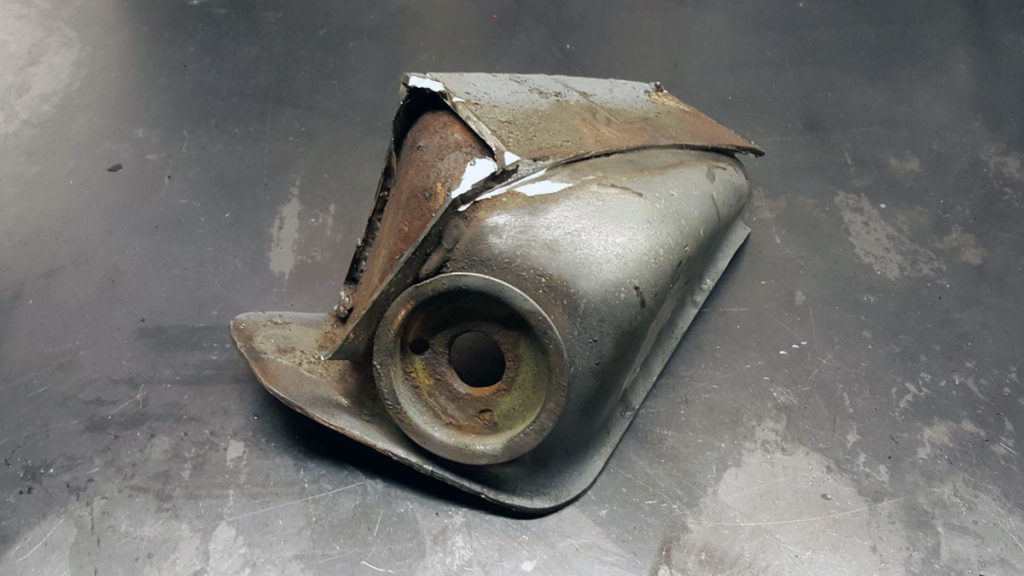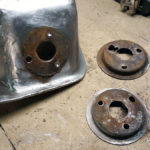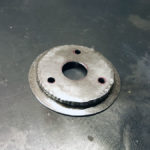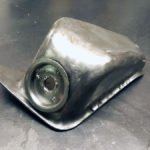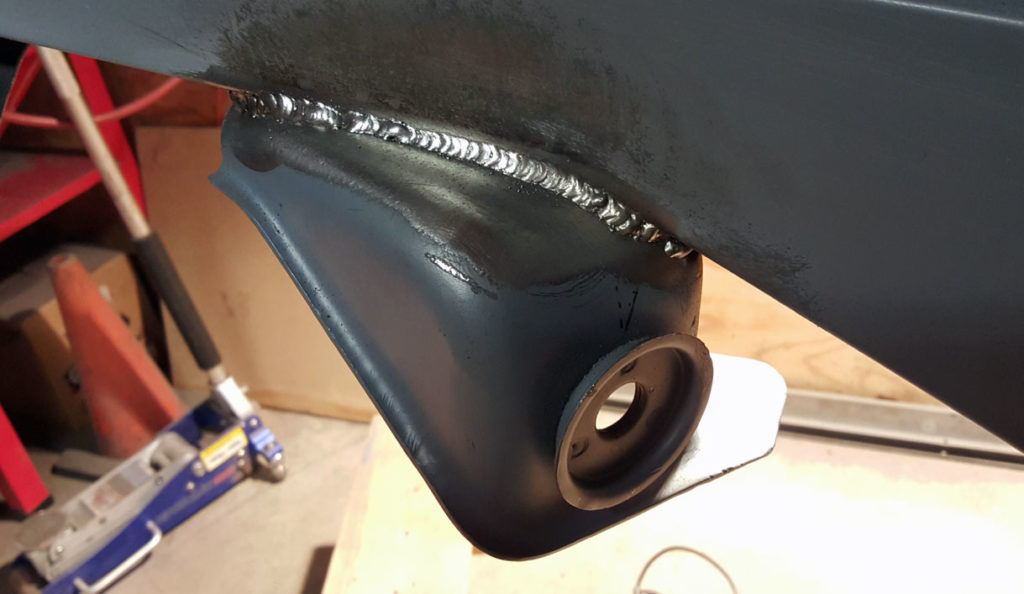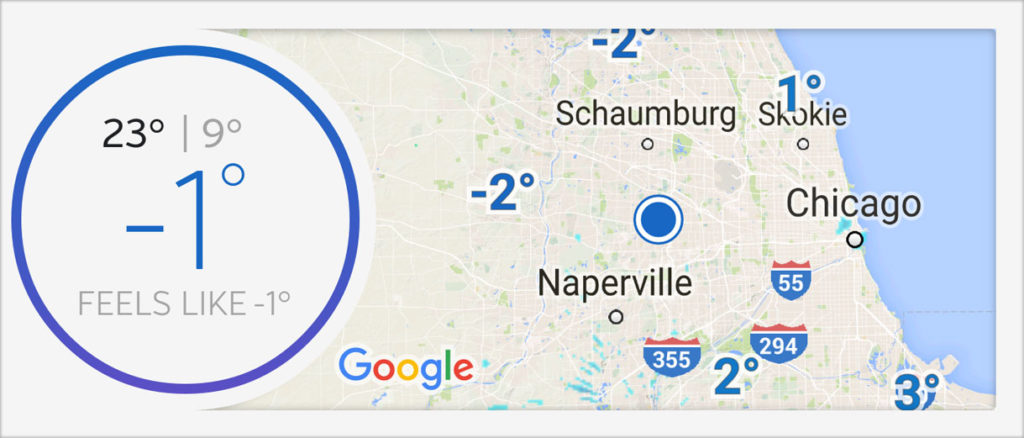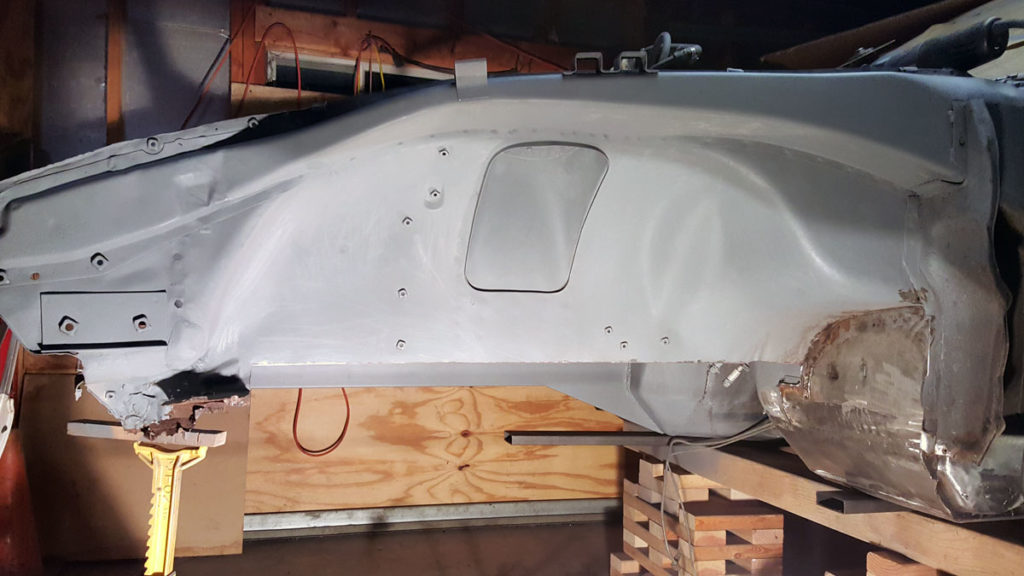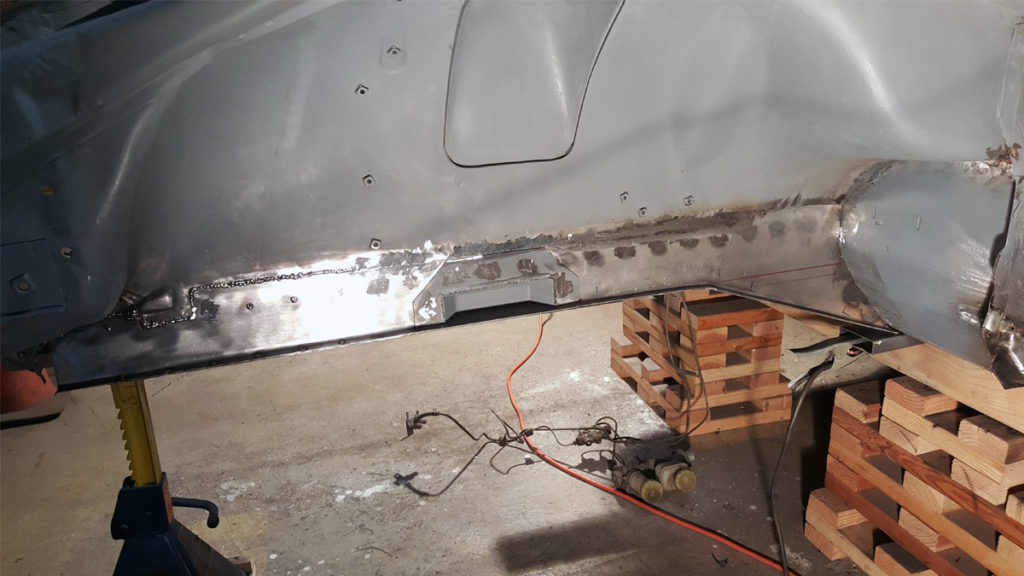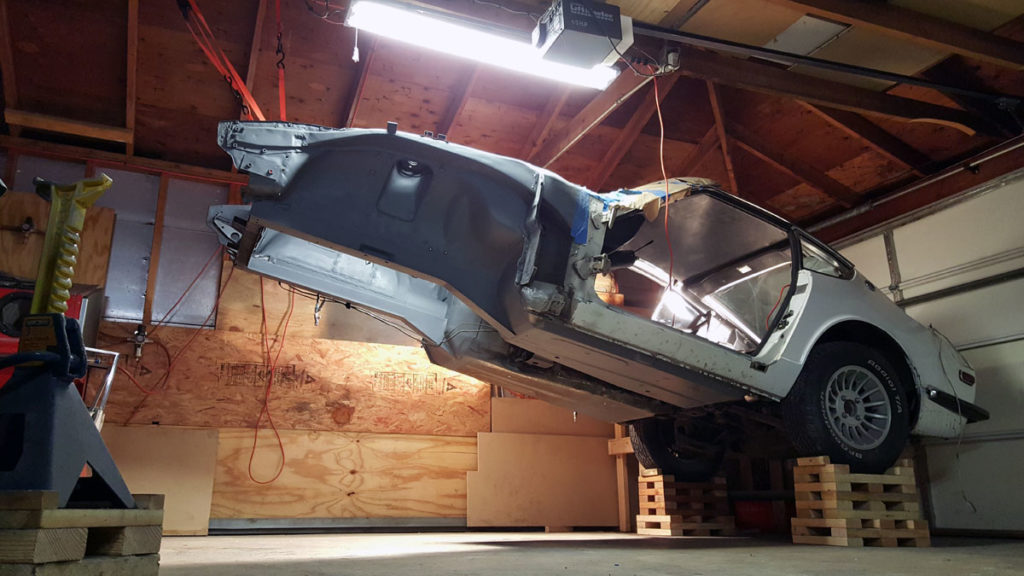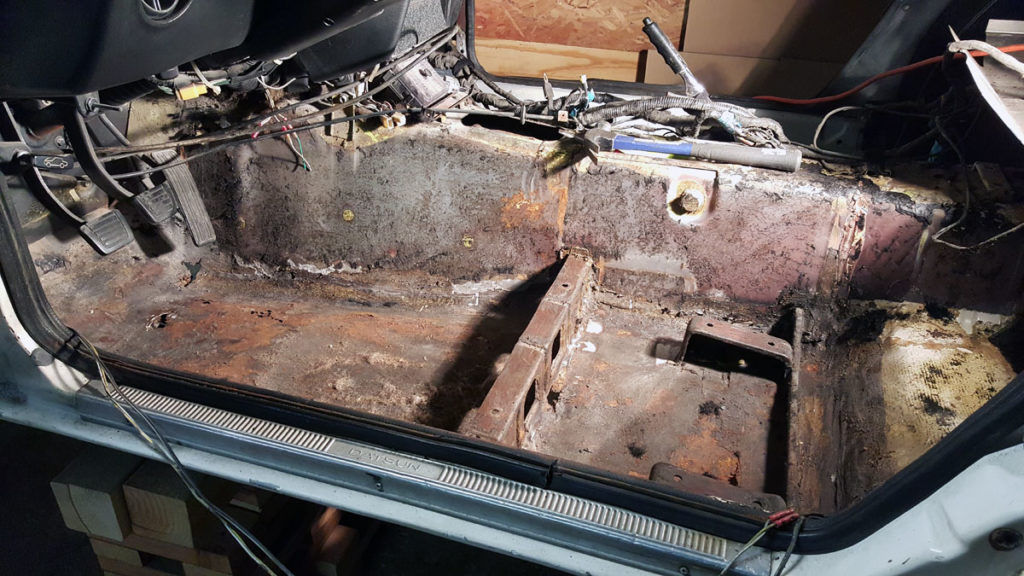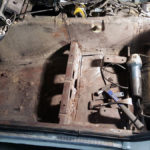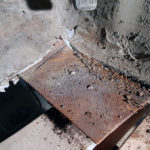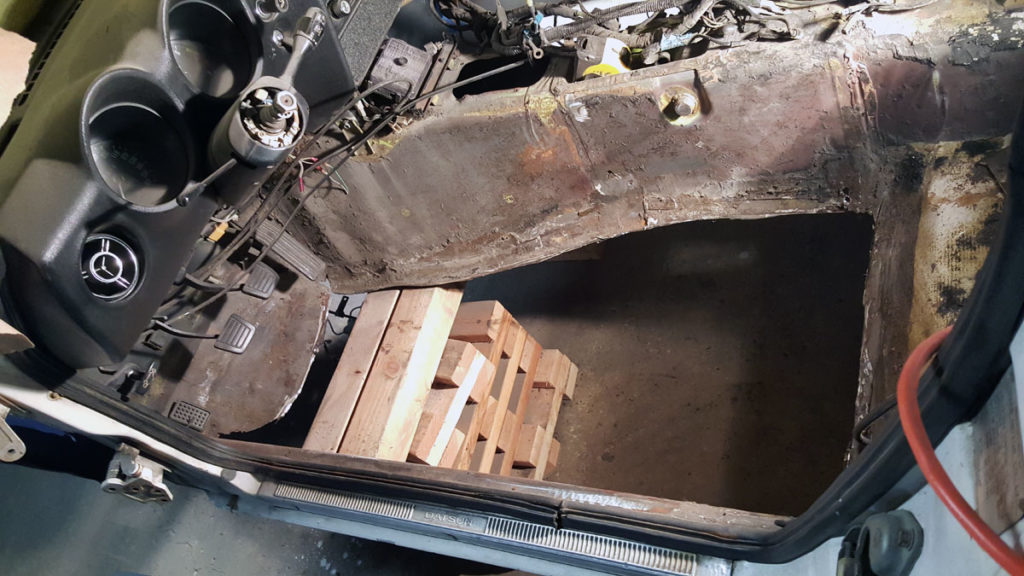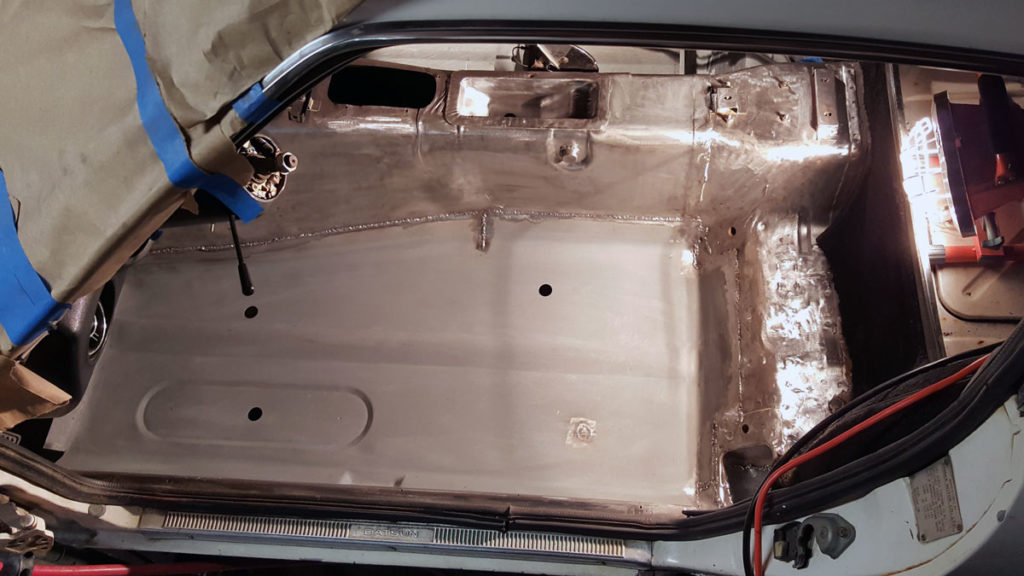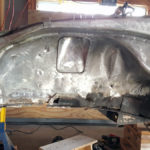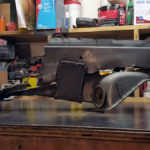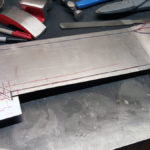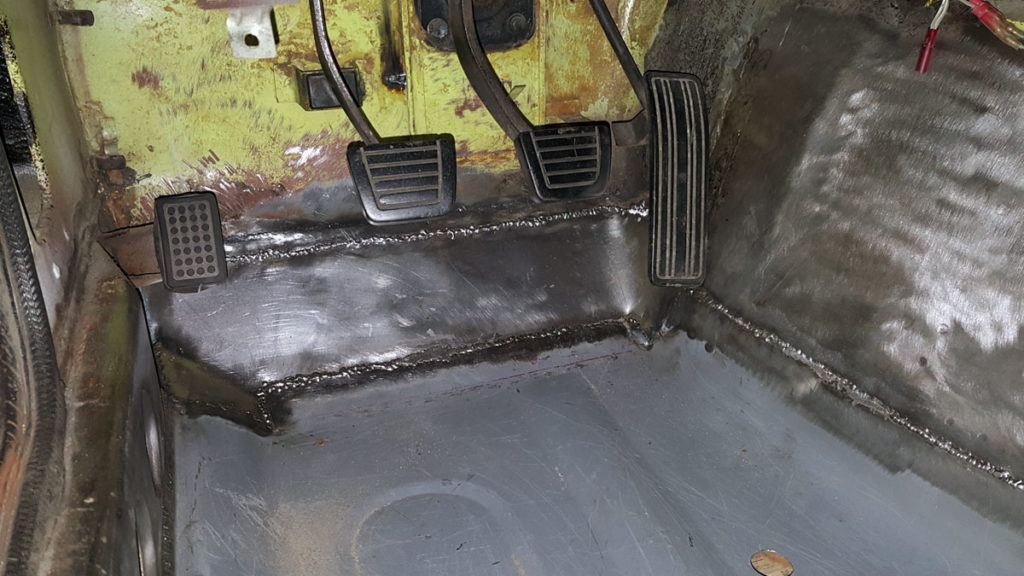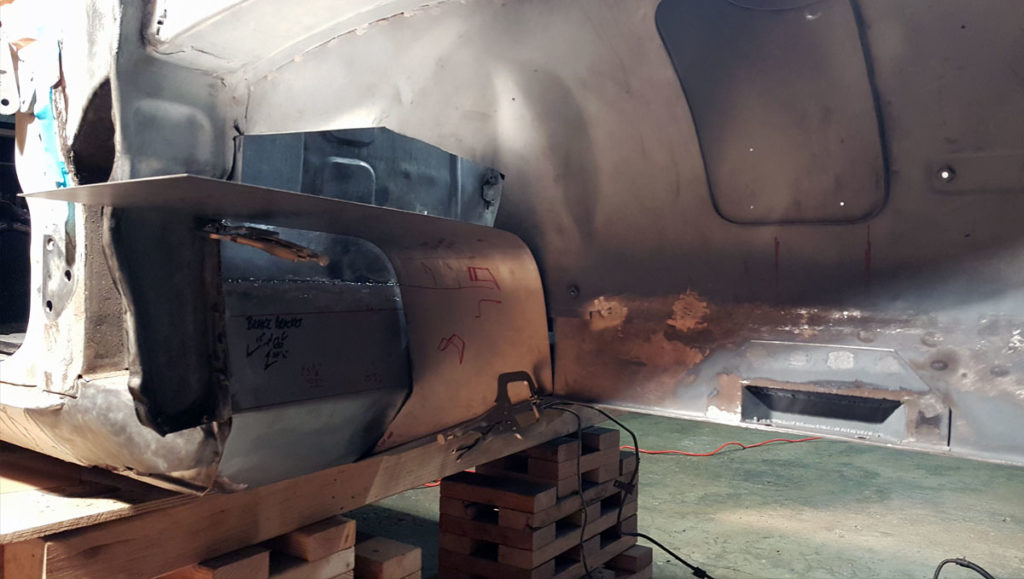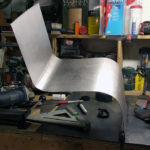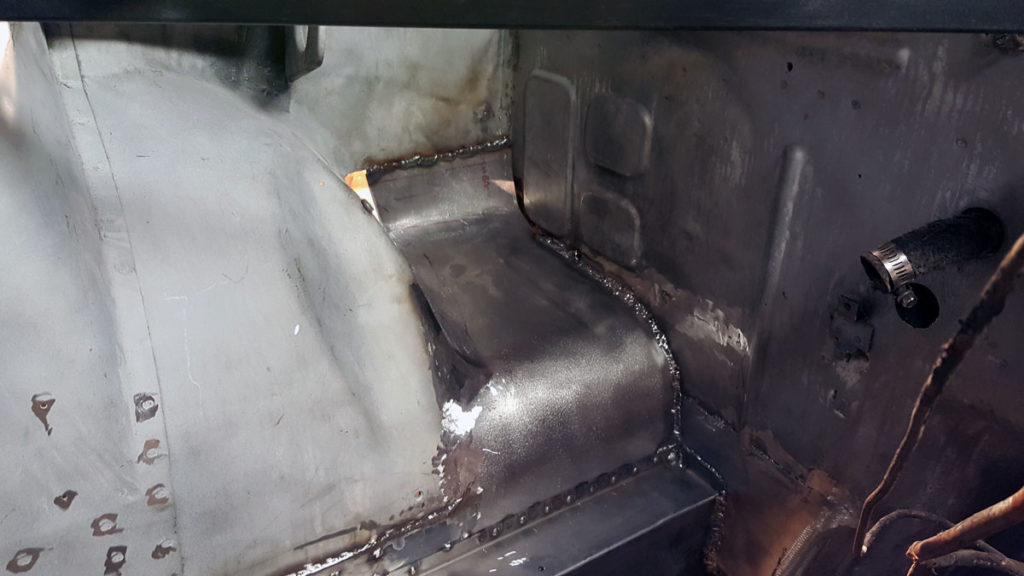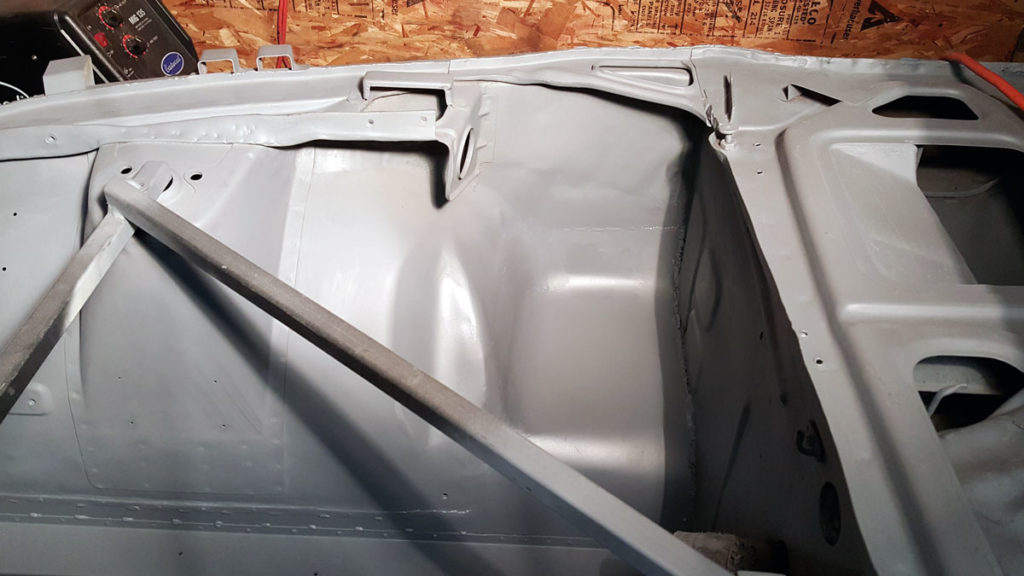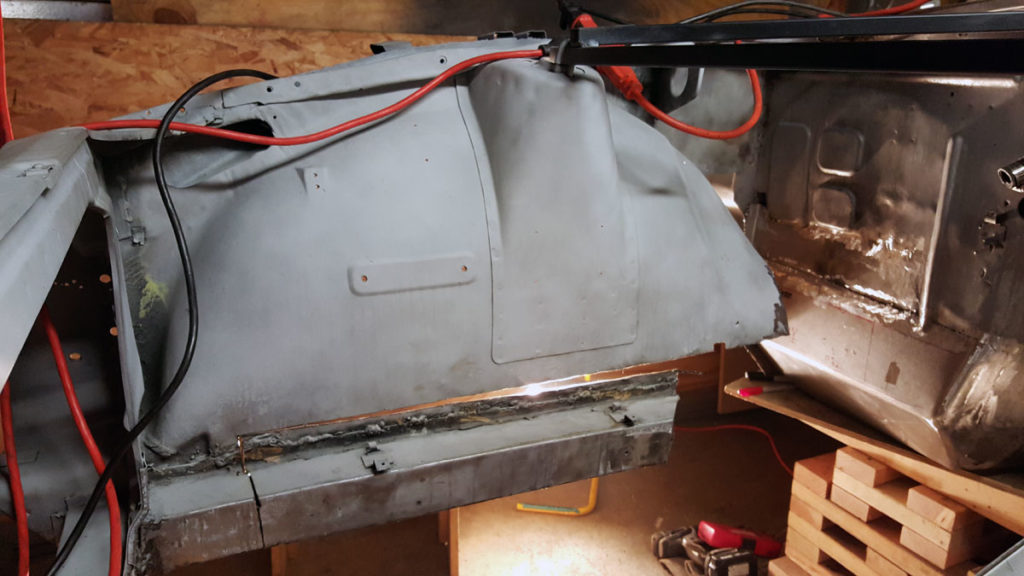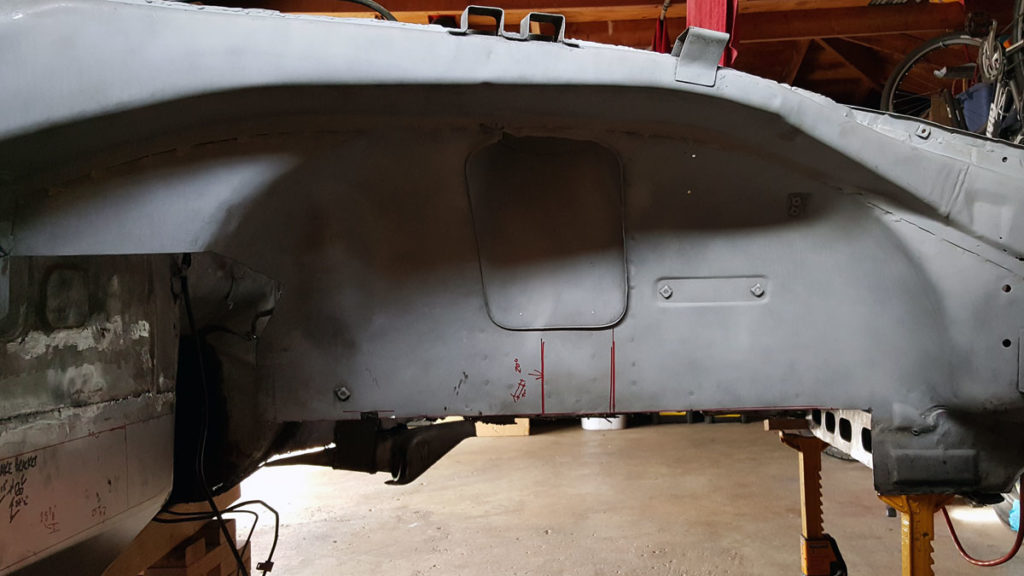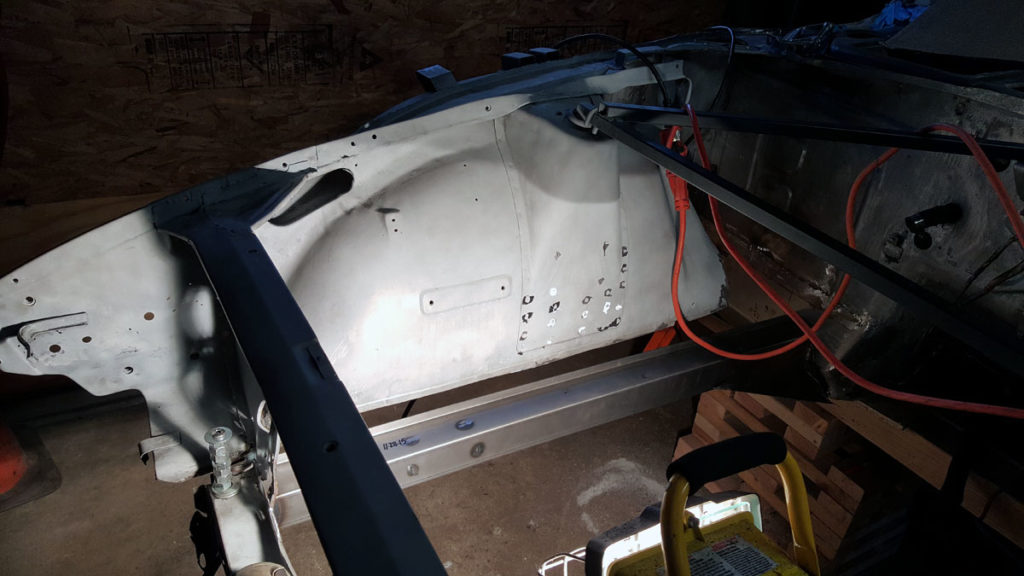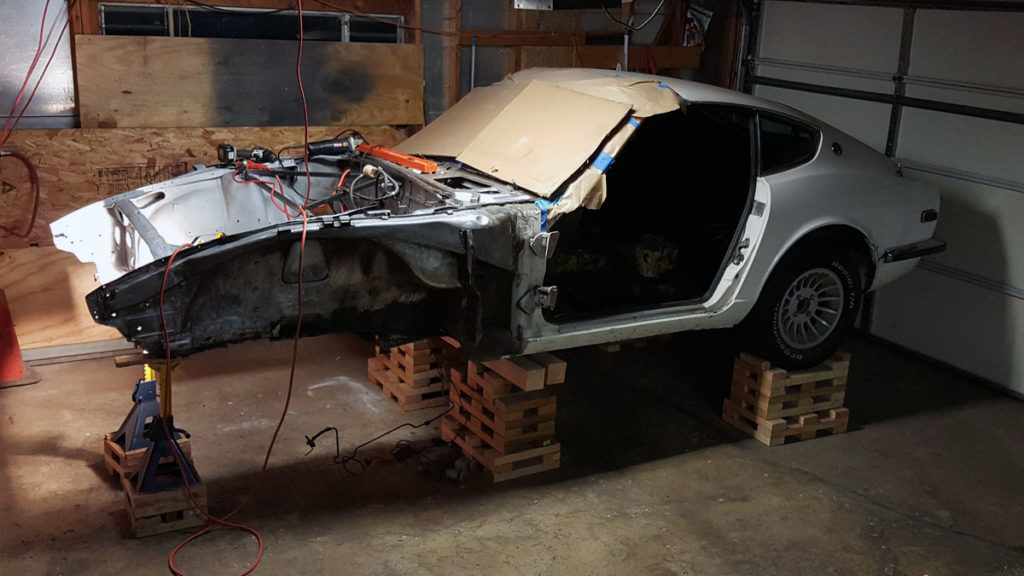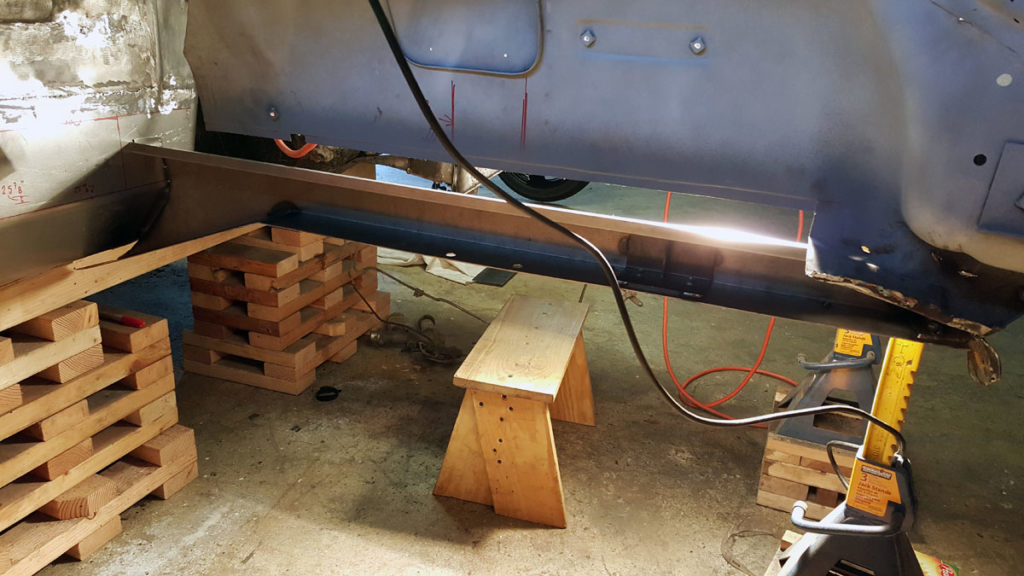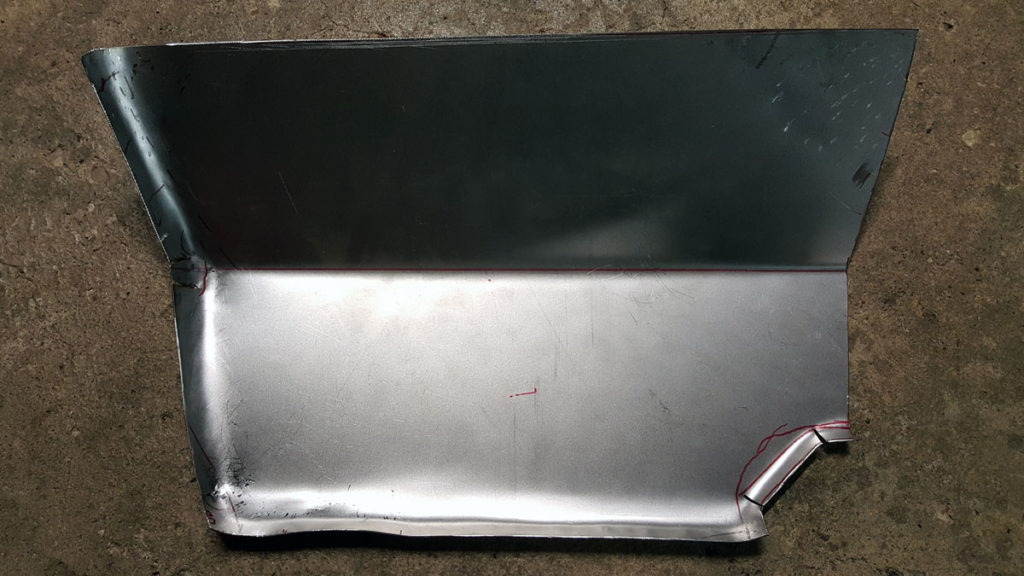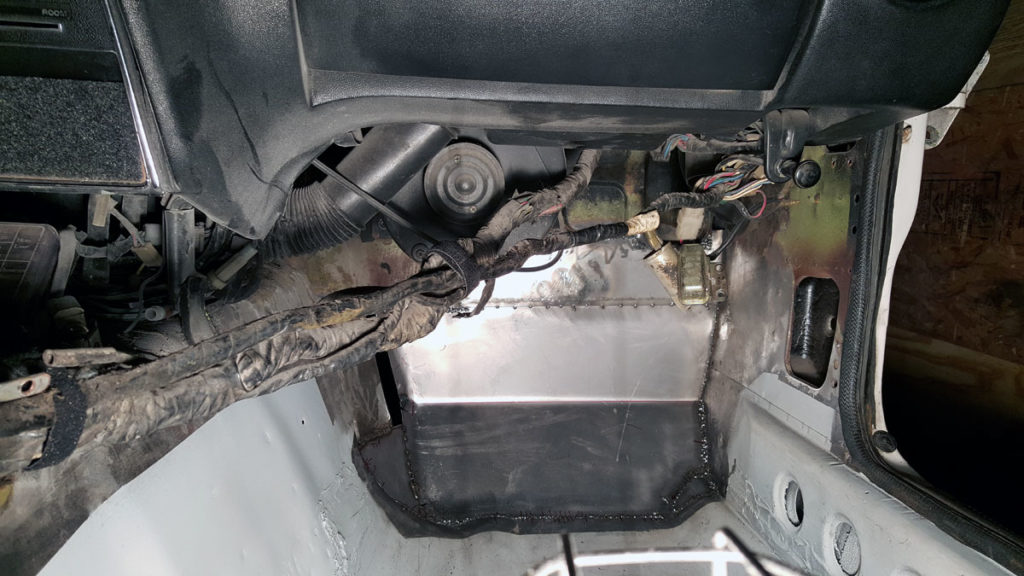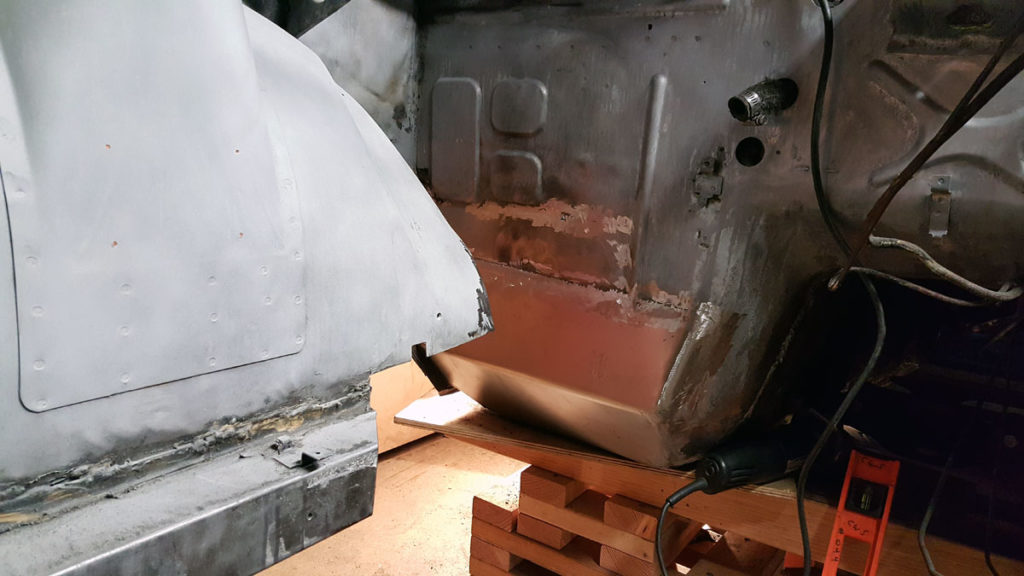As most are aware, the 240 leaves the factory with a uni body construction and frame rails that don’t run the entire length of the car. They have frame supports that only go about two thirds of the way back.
Given the choice to replace these short frame supports with full length ones, I took it. Figuring it would help with overall rigidity, give me options down the road if I chose to do more with the car and honestly, just because it seems to make more sense.
So I began by taking a piece of 1×3 tube steel and cut a notch out of one side so I could bend the tube and weld it to the desired angle. I did this to both ends.
I fit it to the car a few times, cut some 14 gauge to bridge the gaps between the tube and the car and tacked it all together.
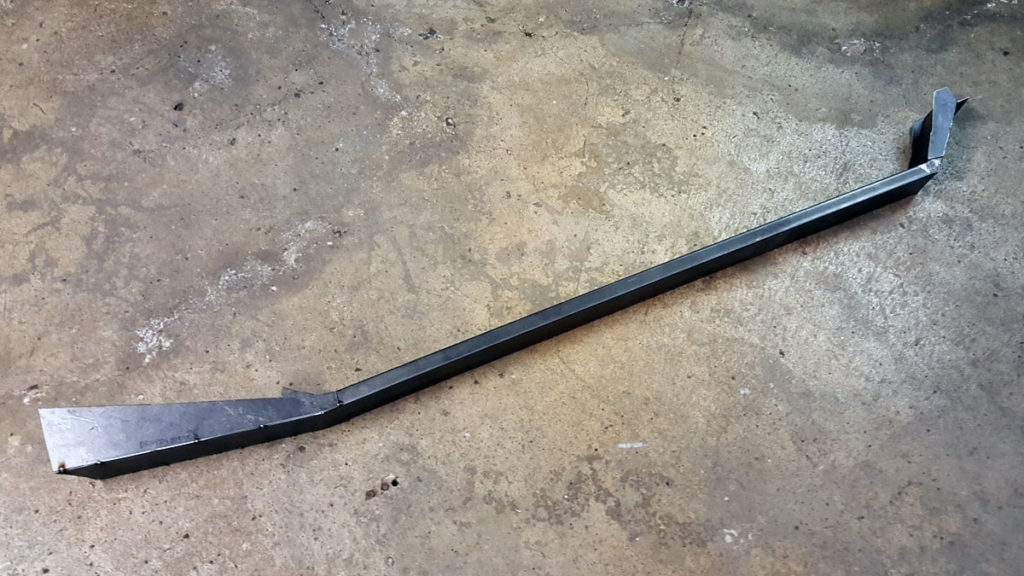
This was also around this time I tried to cut my thumb off with an angle grinder… Good times. Had I not been wearing leather gloves, I might have succeed.
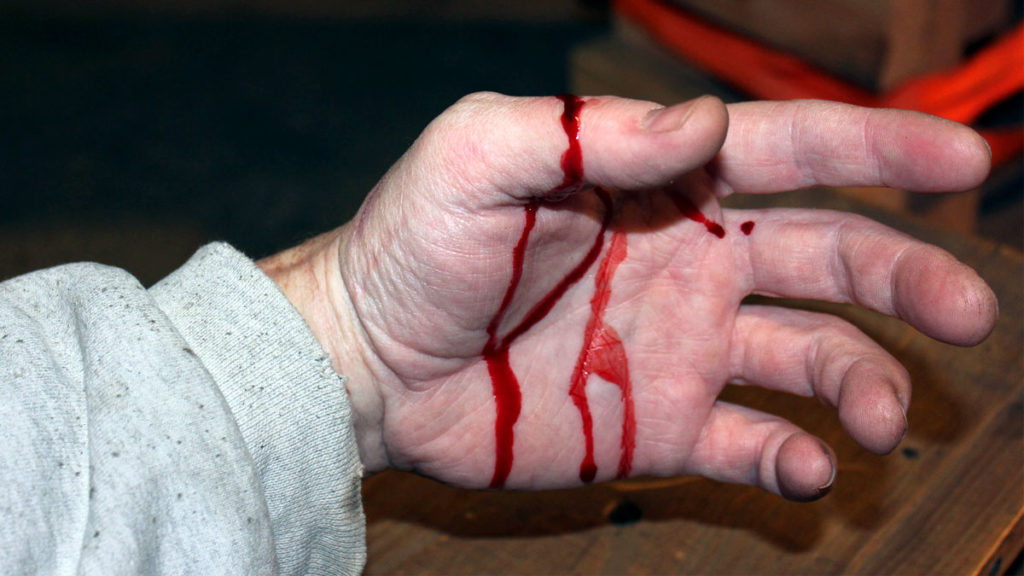
After I patched myself up, I welded together the tacked frame supports, then welded them to the underside of the car.
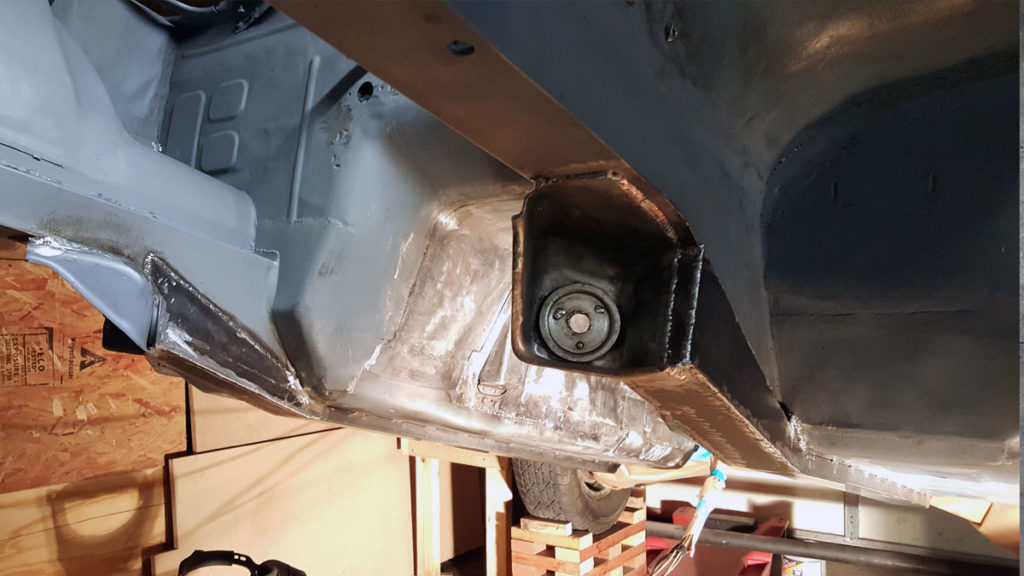
After I had attached the frame rail supports, I moved on to the transmission tunnel. Cleaning it, like the rest of the bottom of the car, was no picnic. Media blaster or rotisserie or both is on the menu for the next project.
I was having a hell of a time removing the brake and fuel lines without removing the rear suspension too, which is why they’re wrapped up out of the way, below the car.
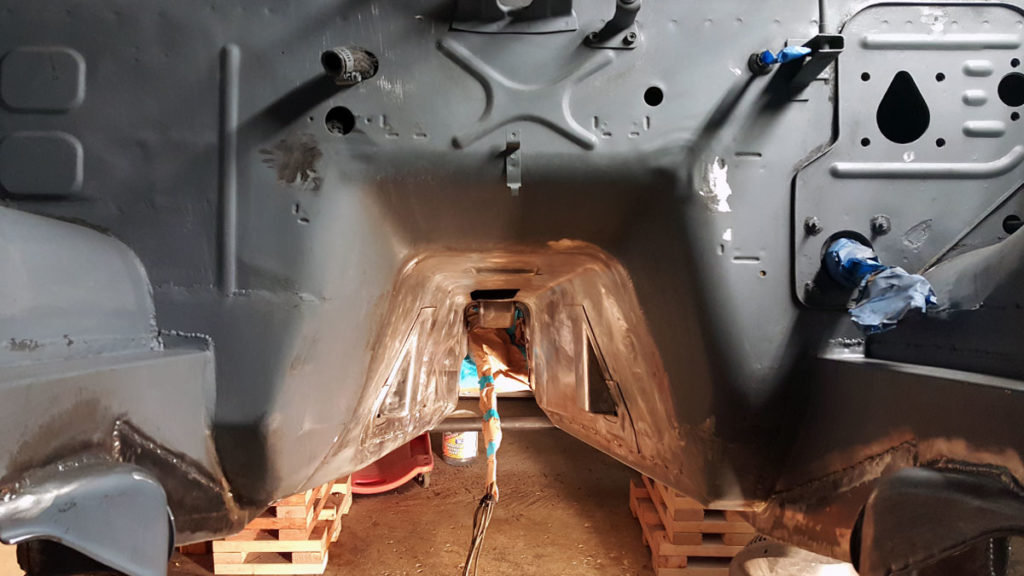
With the bottom of the car pretty much taken care of up to the rear axle, I epoxy primed then seam sealed all the joints. Using a caulk style seam sealer was the right choice. This also made me think of a saying I just read that I thought was so fitting, I stole it from @barra260z.
Remember, a grinder and paint will make you the welder you ain’t.
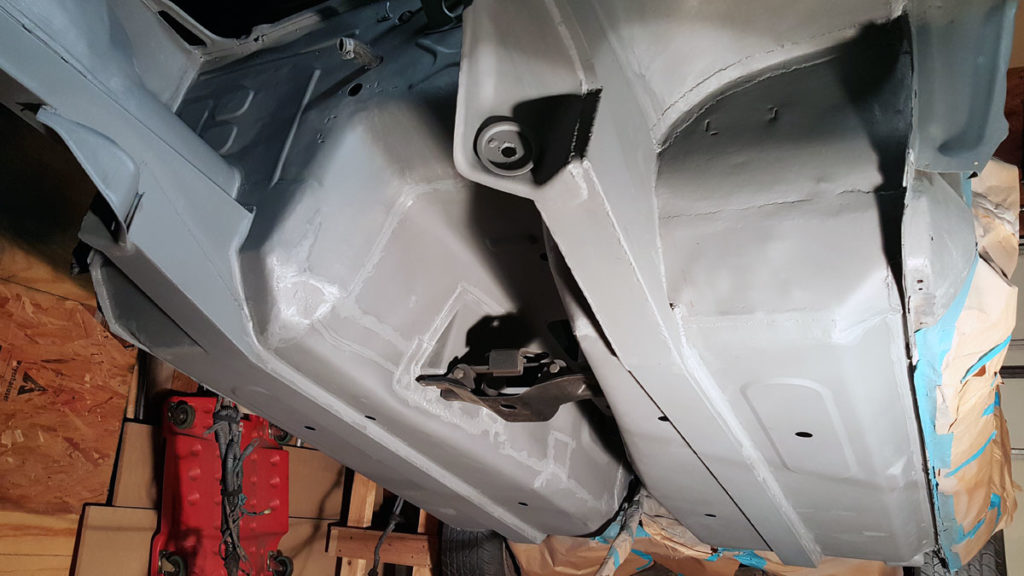
And the frame rail supports turned out great in my opinion, but I was especially pleased with the battery tray area after everything was cleaned up.
It might not be perfect, but for some guy new to sheet metal fabrication, working out of his garage… I’m happy with the results.

To find a particular page, use the search feature or index page.
